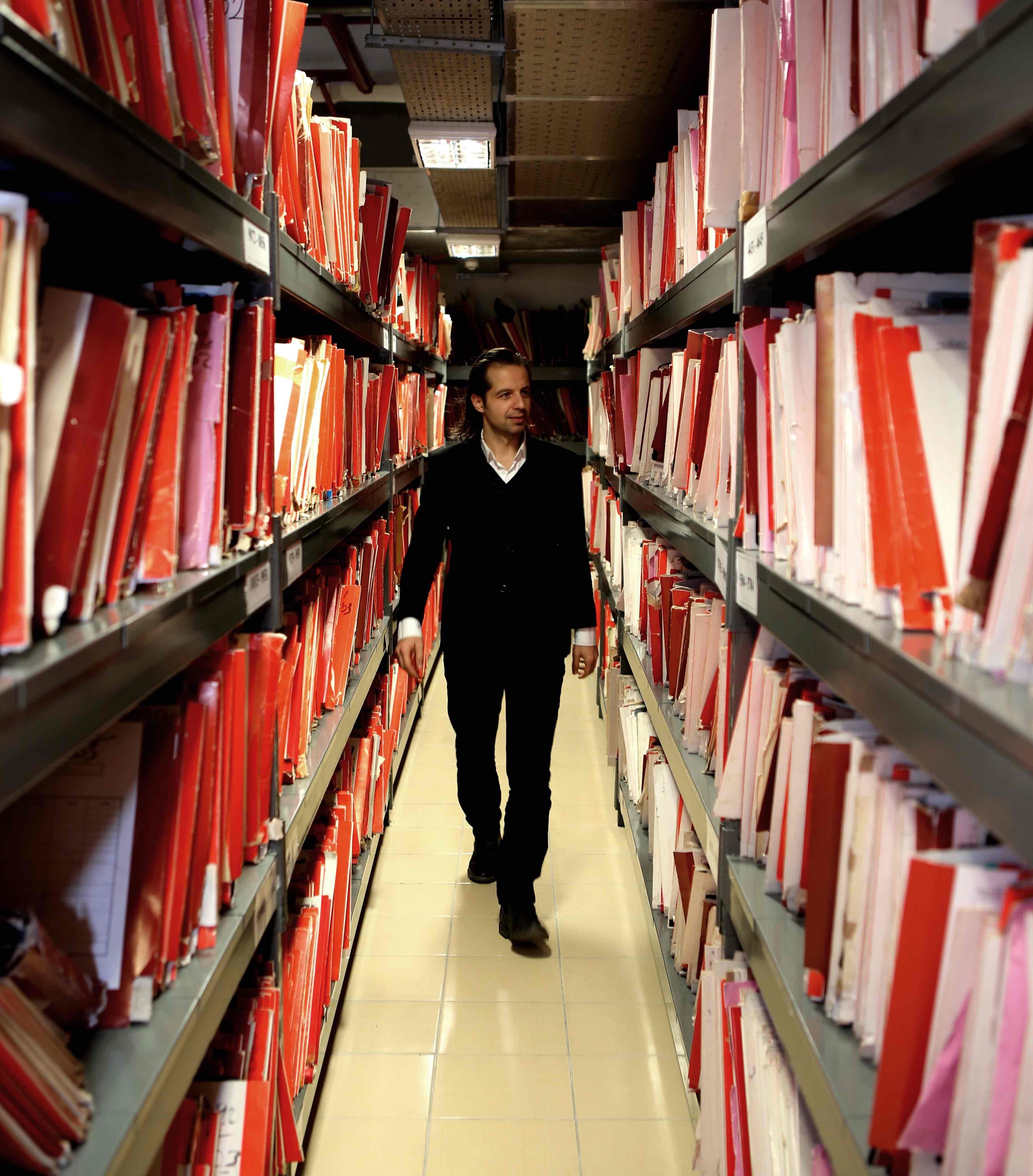Last updated: 8 September 2017
By Laura MARINESCU IONIȚĂ, Senior Associate
In a company’s life, market changes or bad management may lead to a situation where it can no longer cope with its debts, namely a default on payment. Default on payment leads to the opening of insolvency proceedings and such proceedings may lead either to the company’s bankruptcy or winding-up or to the company’s recovery under court supervision and reinsertion in the business environment. The recovery under court procedure is a solution designed to allow a company to continue its activity, to maintain its employees and to pay its debts.
This procedure involves three essential aspects, each with its specific formalities: the initiation of the procedure, the recovery plan and the treatment of claims.
The procedure concerns the insolvent debtor against whom insolvency proceedings have been opened in order to have his debts paid, in accordance with a payment plan for receivables, which allows the debtor to continue his activity and avoid liquidation. In order for such procedure to be initiated, the company has to be declared insolvent by a court ruling.
Romanian law provides that companies in difficulty must make an application before the judge to be subject to the provisions of Law no. 85/2014 on insolvency, within 30 days from the occurrence of the insolvency. Through the ruling declaring the debtor insolvent, the judge also appoints a receiver. This receiver will oversee and manage the company’s activity. Together with the judge, the receiver is also involved in the conduct of the procedure.
During the insolvency proceedings, the company may express, under certain conditions, its intention, if applicable, to continue its activity despite its insolvency (and therefore not to go bankrupt) and propose, in addition to the receiver and the creditors, a recovery plan.
The Recovery Plan
The recovery procedure may last up to three years. This duration may be extended up to four years, if the plan is changed.
At the end of the procedure, the judge rules either the company’s reinsertion in the business environment, or, should reorganization fail, the initiation of bankruptcy.
Treatment of Claims
As of the date when the insolvency proceeding is initiated, all judicial, extrajudicial or enforcement proceedings whose purpose is the recovery of claims against the company’s assets are suspended. A person who holds against the insolvent company a certain, of a fixed amount claim, which arose prior to the initiation of the proceedings, may exercise his rights by filing an application for admission of his claim to the mass of creditors. The holder of a claim which arose prior to the initiation of the insolvency proceedings, who has not applied for the admission of his claim (but should have done so), will no longer be entitled to be included on the list of creditors and to participate in that procedure. The only exceptions are creditors who have not been notified according to legal provisions.
Claims which arose after the initiation of or during insolvency proceedings (recovery stage included) will be paid in accordance with the documents from which they result; an application is not necessary for such claims.
When the ruling confirming a recovery plan becomes effective, the debtor’s activity is reorganized accordingly and the claims and rights of creditors and any interested parties will be changed as indicated in the plan. However, creditors retain their shares for the total amount of their claims against the co-debtor and the guarantor, even if they voted in favor of the plan.
As stated above, at the end of the recovery procedure, the judge orders either the company’s reinsertion in the business environment, or the initiation of bankruptcy proceedings, if the reorganization has failed. In this latter case, claims are restored to their initial state, as mentioned in the final claims table, taking into account the amounts already paid during the recovery stage.
The article has been published in Nine O'Clock and can be read here.
